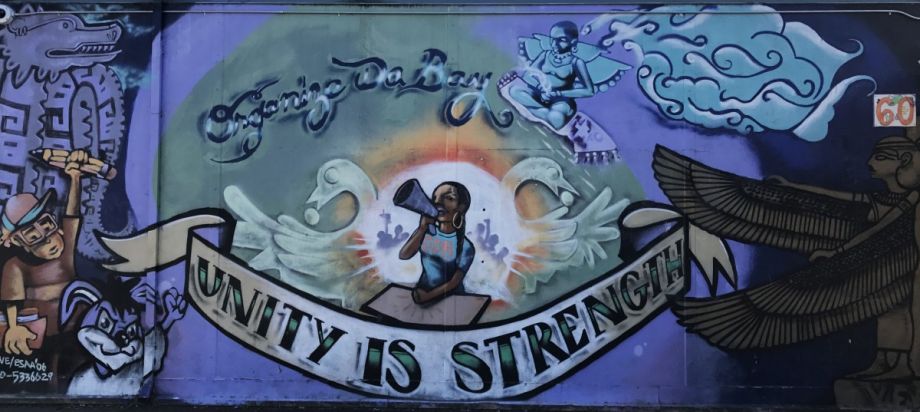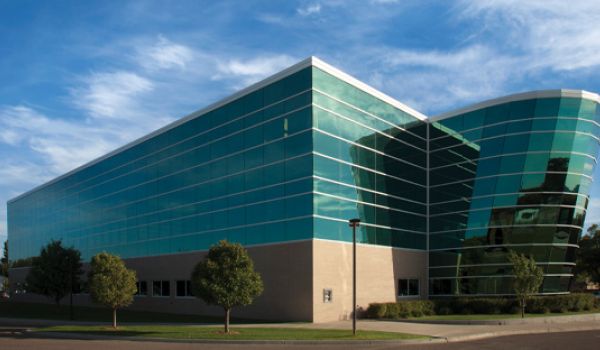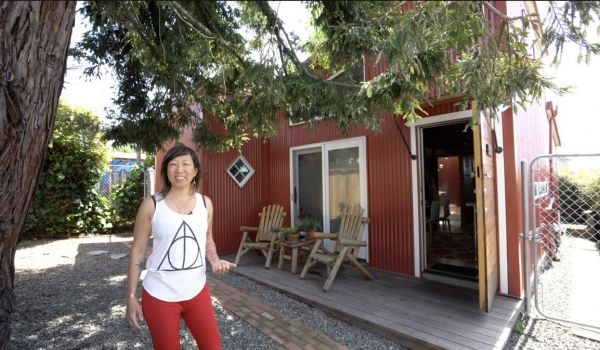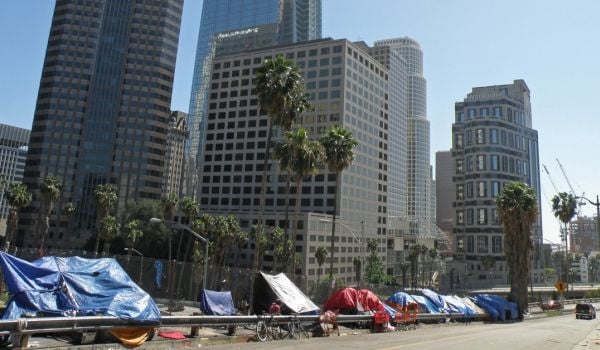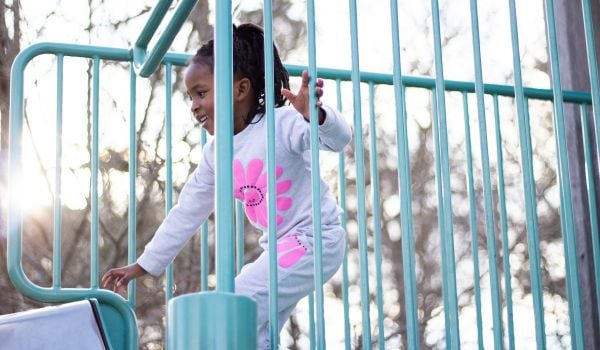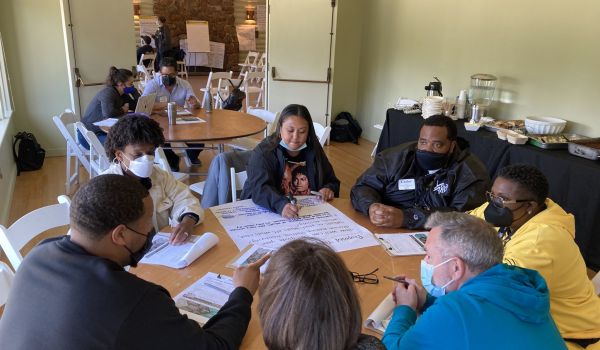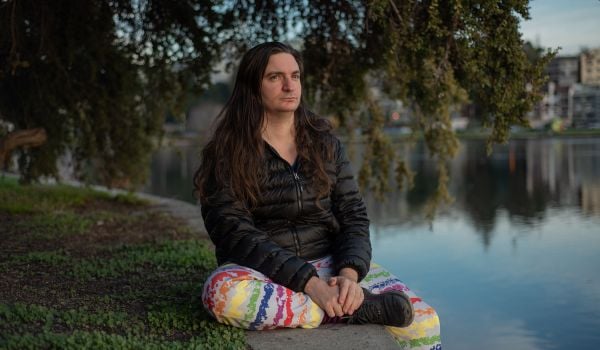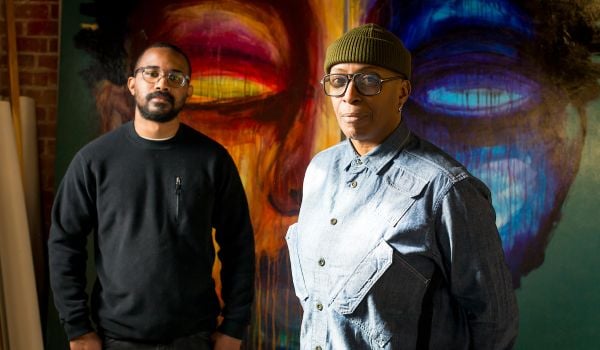I should have written this article a year ago. But every time I thought about the escalating attacks against Asian Americans, my unhealed trauma got in the way. With the recent assaults against Asian American elders in my beloved community of Oakland Chinatown, I believe now we must all accept the responsibility to speak up.
Multiple cities across America from San Francisco to New York have seen for more than a year the disturbing phenomenon of Asian American elderly being randomly assaulted for “walking while Asian.” And yet the lack of outcry and media attention to this violence, until now, speaks to the persistent exclusion of Asian Americans from America’s collective racial consciousness. I ask myself, would the silence have been as conspicuous from our political, community and media leaders if the victims were of a different race?
When some of these cases involve young Black men as assailants, opportunistic politicians are quick to use Asian Americans as a racial wedge in calls for stronger policing. Others avoid addressing the attacks for fear of further criminalizing Black people. However, as a society that values human rights for all people, we must design solutions that will both protect Asian American elders and also avoid the further criminalization of Black males. It is possible to do both. But this approach will require multiracial partnerships and must utilize a restorative justice approach.
We know that Donald Trump’s scapegoating of China for his own failed COVID responses has spurred anti-Asian attacks. But Trump’s maligning of the Chinese government also triggered a pre-existing condition of racial antipathy against Asian Americans. Addressing today’s escalating urban attacks against Asian Americans offers us an opportunity to address the complexities of race relations between Asian American and Black Americans and the political history of intentional racial division. Here is my contribution to this collective cause.
When I came to America in 1968, after the last vestiges of the Chinese Exclusion Act were removed by the tailwinds of the Civil Rights Movement, we were one of the first Asian American families in our communities. My perspective about Black Americans was formed by my Black neighbors in Philadelphia, who defended us when the gang of white kids in our housing complex threw rocks and racial epithets at me and my sister — a regular occurrence whenever we went outside. To my 4-year-old self, Black people were my heroes and my friends. This early experience was life-defining and propelled me to become a lifelong advocate for justice for all people.
My experiences of racial solidarity changed when we moved to the suburbs of Rochester, New York, and the Black students bused in from the city singled me out. They somehow knew that there was a racial pecking order, with me at the bottom. They could sense that I would not complain about their attacks and that if I did, the school may not have cared. In retrospect, I’m sure that the students bused in were treated as second-class citizens at our predominantly white suburban school, and they acted out the cycle of oppression by venting their frustrations on someone safe — me. It didn’t matter to them that I was also oppressed by the white dominant culture.
The Vietnam War was going on at this time, and inflammatory anti-Chinese and anti-Vietnamese rhetoric was all around us. Little did I know, this was also when the Asian American “model minority” myth was popularized as a racial wedge to wield against the Black Power movement.
At the same time, my grandmother banned me from playing with Black friends who lived in our neighborhood. I saw her behavior then as the epitome of oppression. Today, I understand that my grandmother, who had never met a Black person before coming to America, was fed racist stereotypes about Black people through the TV shows she watched.
My childhood experiences informed my response in 1995 when I worked as a young lawyer at the federal desegregation assistance center in Oakland. Our hotline rang off the hook with calls about racial violence in Bay Area high schools. Reports included Black-on-Asian, Latinx-on-Black and Pacific Islander-on-Latinx attacks. It was like our youth were drinking some racial hate in the water.
This was around the time when California political leaders such as former Governor Pete Wilson spewed racial divisiveness. The narrative we were taught throughout the campaigns for Propositions 187, 209 and 227, was that undocumented Latinx were taking jobs away from Black Americans; that Black Americans were taking away university spots from Asian Americans. No matter that the facts did not support the rhetoric. We saw then, as we see today, that racially divisive tactics can be politically effective with devastating consequences on people’s lives.
In 1995, we brought together Black, Asian and Latinx leaders who worked with youth to better understand why interracial violence had escalated and to discuss potential solutions. Together we formed an organization called Youth Together, which turns 25 this year, to develop the leadership of multiracial youth to set the example for racial reconciliation efforts. In creating safe spaces for dialogue with the youth involved in interracial conflicts, we honored their perspective about why the violence happened and listened to their proposed solutions. This process of deep listening and understanding led to the development of youth centers for inclusion and belonging — Youth Uprising and the Skyline High One Land, One People Youth Center. Criminalizing the youth involved in the violence wouldn’t have solved the problems. Instead, what facilitated individual and community healing was creating a restorative justice space to advance understanding and address the roots of the violence, while still providing for accountability.
In 2021, it feels like traumatic history is repeating itself. What do I offer as our collective call to action? First, we need multiracial coalitions to work together to address the attacks on Asian American elders; otherwise, unintended consequences — including the further criminalizing of Black people — may result. These coalitions are already forming in several cities and follow a long history of multiracial justice solidarity. Let’s work together to hear from both the assailants and the Asian American families affected by the violence regarding what solutions look like, and then work to implement those ideas.
Second, this moment is an opportunity for us to examine how we perpetuate the model minority myth and its attendant harms. When people speak of racial injustice or COVID impacts and exclude mention of Asian American frontline workers or of persistent health/mental health/employment/educational/housing disparities faced by Asian Americans, that hurts and harms.
Third, and most importantly, we need Asian Americans like me to transform our cultural conditioning of stoic suffering in silence. We need to add another character to the Chinese word for perseverance, which consists of the Chinese characters for knife and heart. That new character is mouth — so we can speak our truth, work with all of our brothers and sisters and protect our elders.
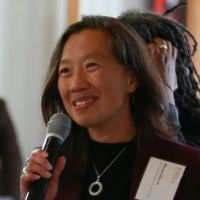
Margaretta Lin is an enduring leader for love-based justice and serves as the Executive Director of Just Cities, an organization dedicated to racial justice in planning and policy. Margaretta combines her experiences as a leader in government, organizing, movement lawyering, and social enterprises into a force for justice and hope. She teaches racial justice in planning and public policy at the UC Berkeley City and Regional Planning and Future Histories Lab.

